
Currently @ Andermann Lab
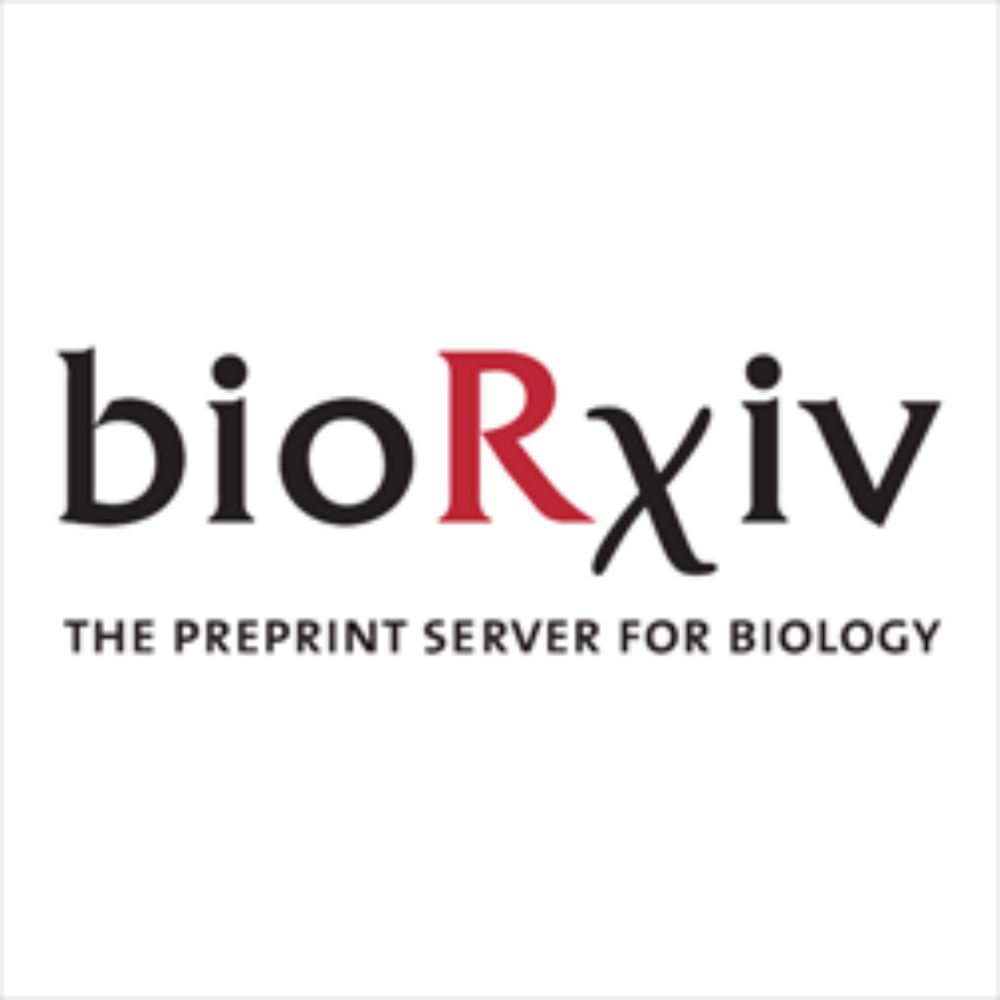
www.biorxiv.org/content/10.1...
🥳 Thrilled to share that my postdoc work has finally hit the press!
www.nature.com/articles/s41...
When we started, we didn’t really know what PVH-MC4R neurons do in obesity.
Are they still signaling or “dead”? (e.g., does the chronically high leptin alter α-MSH–MC4R signaling?)
🧵👇
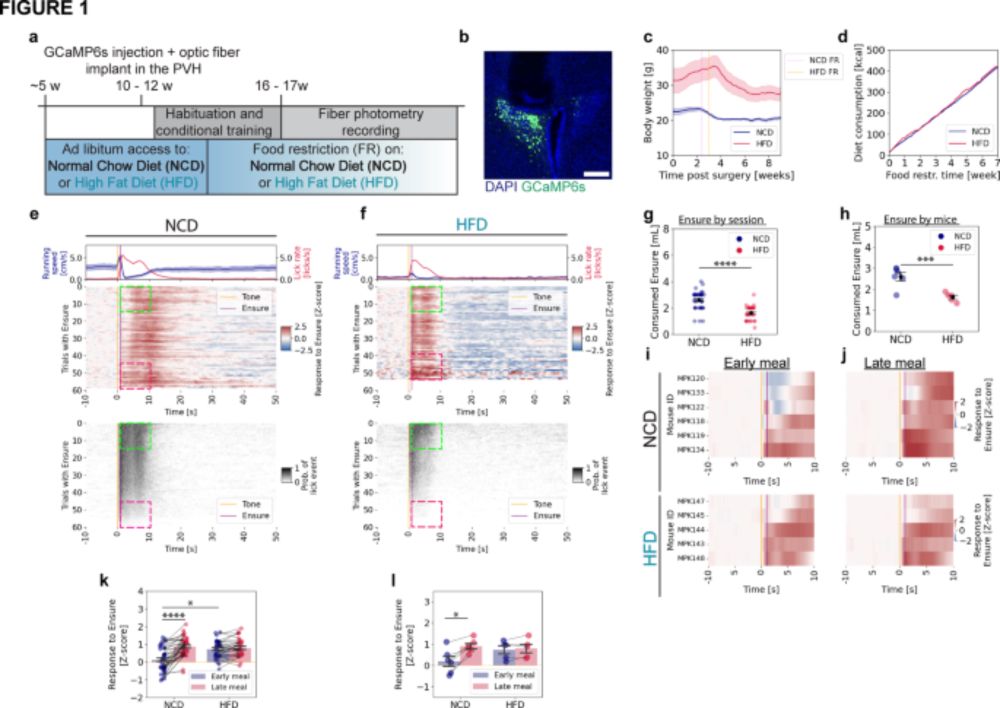
🥳 Thrilled to share that my postdoc work has finally hit the press!
www.nature.com/articles/s41...
When we started, we didn’t really know what PVH-MC4R neurons do in obesity.
Are they still signaling or “dead”? (e.g., does the chronically high leptin alter α-MSH–MC4R signaling?)
🧵👇
We describe how the LS guides defensive responses by forming critical computations built from functionally and molecularly distinct cells and their afferent inputs.
www.researchsquare.com/article/rs-6...
We describe how the LS guides defensive responses by forming critical computations built from functionally and molecularly distinct cells and their afferent inputs.
www.researchsquare.com/article/rs-6...
www.biorxiv.org/content/10.1...

P.S: Praneel will be applying to MD PhD and is an absolute beast. Systems neuro labs don’t miss out!!
www.biorxiv.org/content/10.1...

P.S: Praneel will be applying to MD PhD and is an absolute beast. Systems neuro labs don’t miss out!!
Stephen, Praneel and their team use fluorescence lifetime imaging and various manipulations to show that, in male mice, both mating drive and hypothalamic tonic dopamine release drop after a successful mating and gradually recover over the next week, paralleling the recovery in sperm count.
www.biorxiv.org/content/10.1...

Stephen, Praneel and their team use fluorescence lifetime imaging and various manipulations to show that, in male mice, both mating drive and hypothalamic tonic dopamine release drop after a successful mating and gradually recover over the next week, paralleling the recovery in sperm count.
www.biorxiv.org/content/10.1...

www.biorxiv.org/content/10.1...

www.biorxiv.org/content/10.1...

rdcu.be/ebo63

rdcu.be/ebo63
Sign the Petition: chng.it/kK2HMP5pGk
"Share with Leadership & Faculty. Reach out to professional societies, biotech and pharma leaders, and philanthropic organizations to raise awareness and mobilize support."
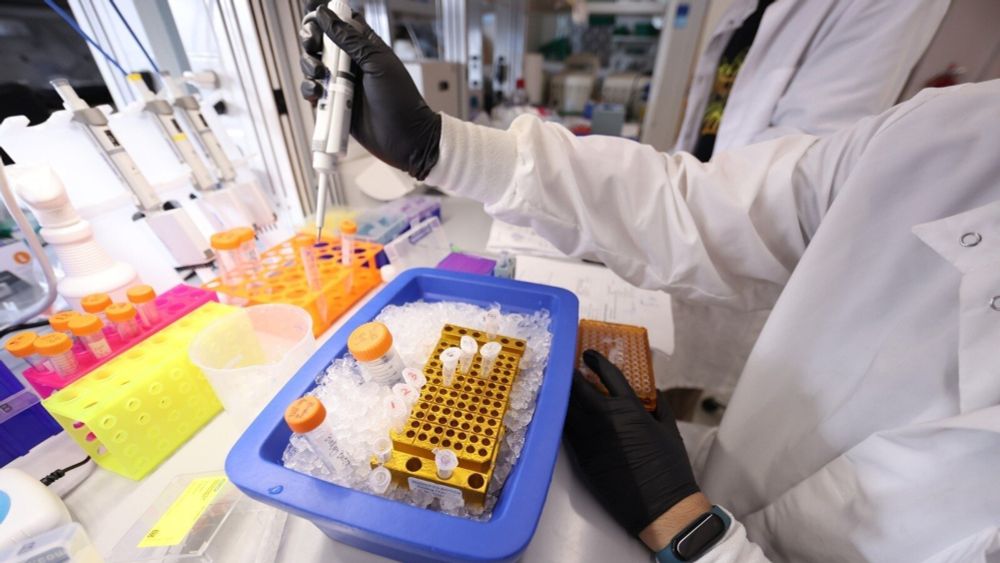
Sign the Petition: chng.it/kK2HMP5pGk
"Share with Leadership & Faculty. Reach out to professional societies, biotech and pharma leaders, and philanthropic organizations to raise awareness and mobilize support."


www.cell.com/current-biol... open-access
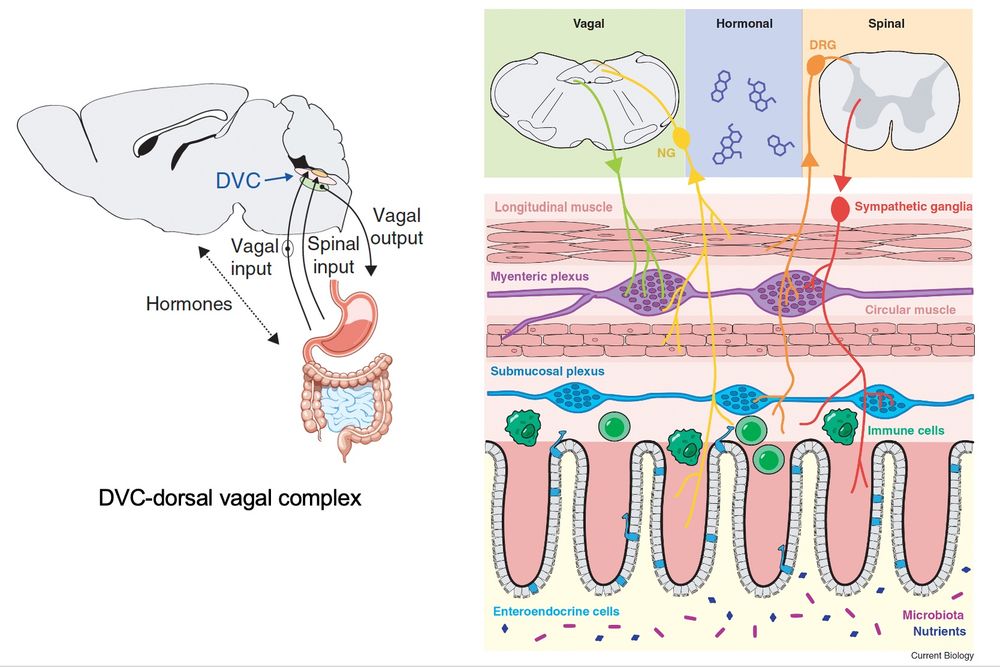
www.cell.com/current-biol... open-access
Read it here: www.nature.com/articles/s41...
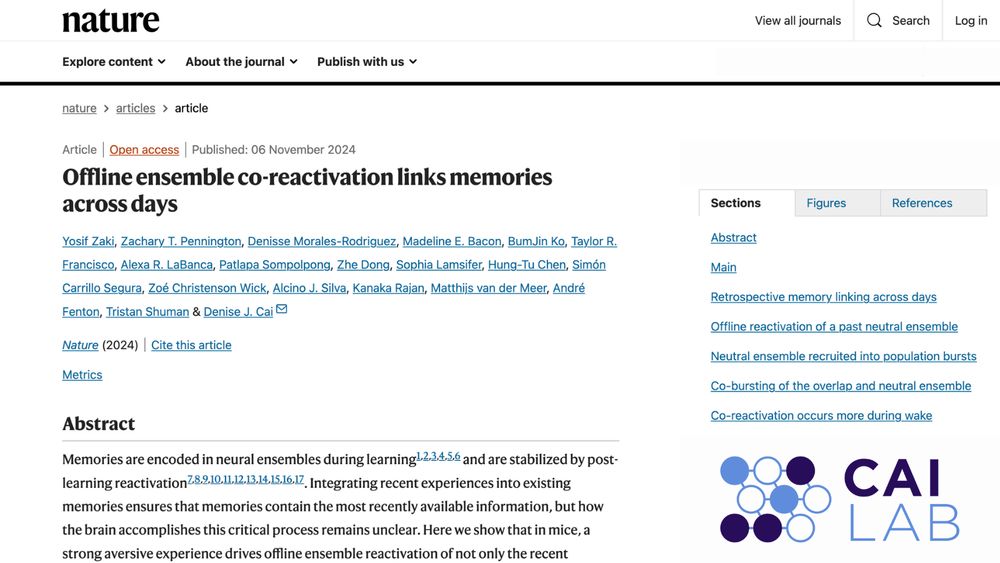
Read it here: www.nature.com/articles/s41...

Anything we missed? Reply w/ your fav method!
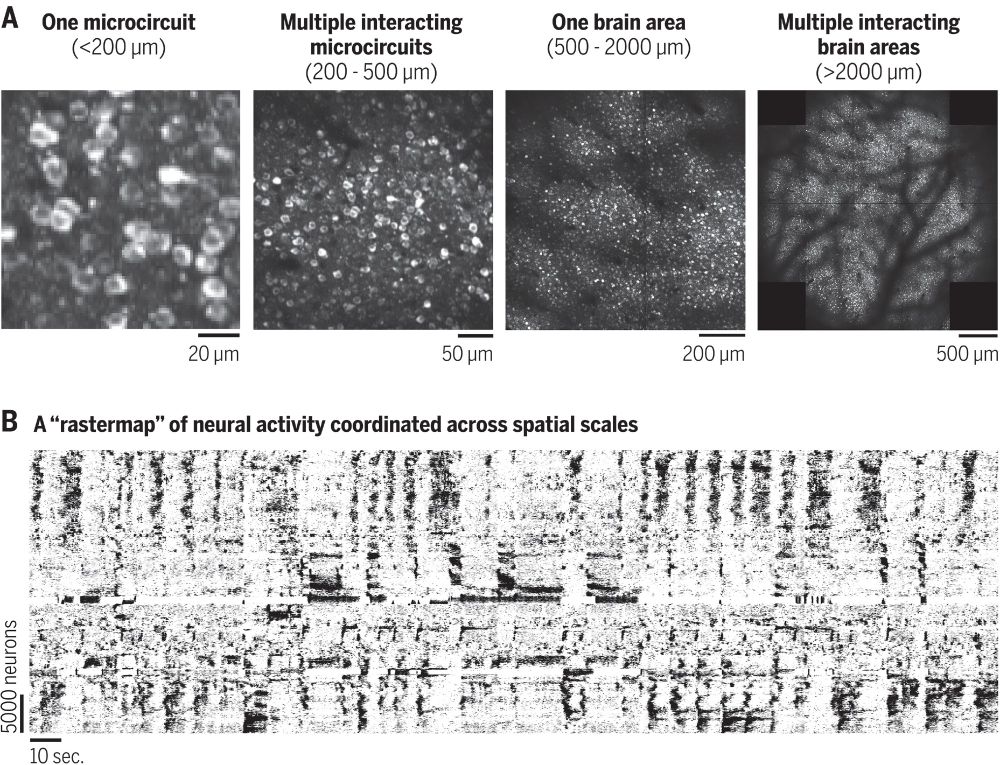
Anything we missed? Reply w/ your fav method!

